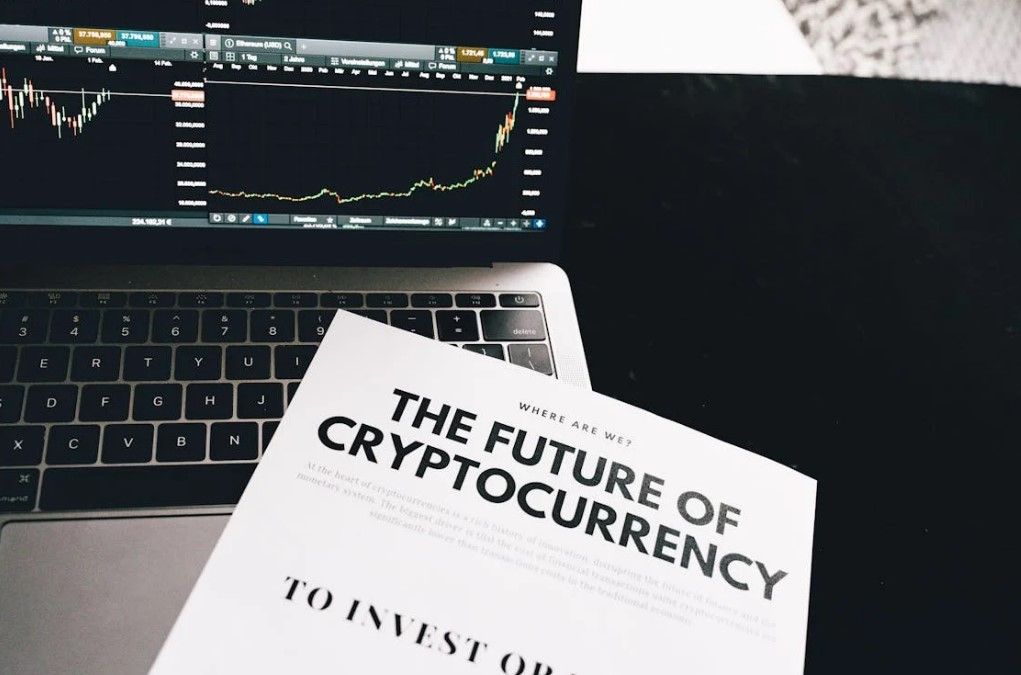
As Bitcoin’s valuation skyrockets, the cryptocurrency community eagerly anticipates the approaching ‘halvening’ event, sparking debates over its impact on the market surge. Depending on one’s standpoint, the halvening is either a pivotal juncture, solidifying Bitcoin’s standing as a prized digital asset due to its escalating rarity, or dismissed as a mere technical maneuver hyped by pundits to artificially inflate its value. Yet, what exactly does this entail, and does it truly hold significance?
What’s the Deal?
The halvening marks a profound alteration within Bitcoin’s intricate blockchain architecture, strategically devised to curtail the pace at which fresh bitcoins enter circulation. From its inception, Bitcoin, masterminded by the enigmatic figure Satoshi Nakamoto, was hardwired with a finite supply limit of 21 million tokens. Nakamoto ingeniously embedded the halvening mechanism into Bitcoin’s code, orchestrating a gradual reduction in the issuance rate of new bitcoins. Presently, approximately 19 million tokens have been mined, leaving a mere fraction to be discovered.
How Does it Operate?
Blockchain technology hinges on the meticulous creation of data records, colloquially termed ‘blocks,’ appended to the chain through a process known as ‘mining.’ Armed with computational prowess, miners embark on a quest to unravel intricate mathematical enigmas, thereby constructing the blockchain and reaping rewards in the form of freshly minted bitcoins. The halvening event precipitates a halving in the reward allocation to miners, eroding profitability and impeding the influx of new bitcoins into circulation.

When’s Showtime?
Although the precise date remains elusive, late April looms as the anticipated epoch for this transformative event. Bitcoin’s blockchain architecture orchestrates a halvening every time 210,000 blocks are seamlessly integrated into the chain, translating to an approximate quadrennial occurrence.
What Does it Portend for Bitcoin’s Valuation?
Advocates of Bitcoin fervently espouse its scarcity as the cornerstone of its valuation. With diminishing supply, the basic tenet of economics posits that heightened demand should propel prices skyward. Ergo, the halvening ostensibly bestows a premium on Bitcoin’s worth, as fervent adherents and astute traders contend. Nevertheless, dissenting voices cast doubt on this narrative, contending that any projected impact has likely been preemptively absorbed into prevailing market dynamics. Furthermore, Bitcoin’s supply dynamics are intrinsically entwined with crypto miners, although opacity shrouds this sector, rendering data on inventory and supply scarce. In the event of a mass exodus by miners liquidating their stockpiles, downward pressure on prices could ensue.
Deciphering the Crypto Surge
Unraveling the underlying catalysts propelling the crypto rally proves to be an arduous task, compounded by the opacity surrounding market participants’ motivations. While the recent surge has been largely attributed to the U.S. Securities and Exchange Commission’s green light on Bitcoin ETFs in January, coupled with speculations of impending interest rate cuts by central banks, discerning the precise factors driving market sentiment remains elusive. In the speculative realm of crypto trading, narratives fashioned by analysts to rationalize price fluctuations often metamorphose into self-fulfilling prophecies.

Past Halvenings: What Do They Reveal?
Extrapolating insights from past halvenings to forecast future trends remains an exercise fraught with uncertainty. Empirical evidence regarding the causal relationship between halvenings and subsequent price surges remains inconclusive. Notwithstanding, traders and miners meticulously dissect past halvenings in pursuit of an analytical edge. Following the last halvening on May 11, 2020, Bitcoin witnessed a modest uptick of approximately 12% in the ensuing week. However, attributing this rally solely to the halvening proves to be an exercise in conjecture, as various macroeconomic factors and shifting investor sentiment contribute to Bitcoin’s tumultuous price trajectory.
The Road Ahead
As the cryptocurrency landscape continues to evolve, regulators caution against viewing Bitcoin as a panacea, warning of the inherent risks associated with speculative fervor and the perils of succumbing to ‘FOMO’ (Fear of Missing Out). Despite regulatory endorsements of Bitcoin trading products, apprehensions linger regarding the disruptive potential of this nascent asset class, underscored by its capricious nature and susceptibility to market dynamics.








By Andrej Kovacevic
Updated on 14th July 2024